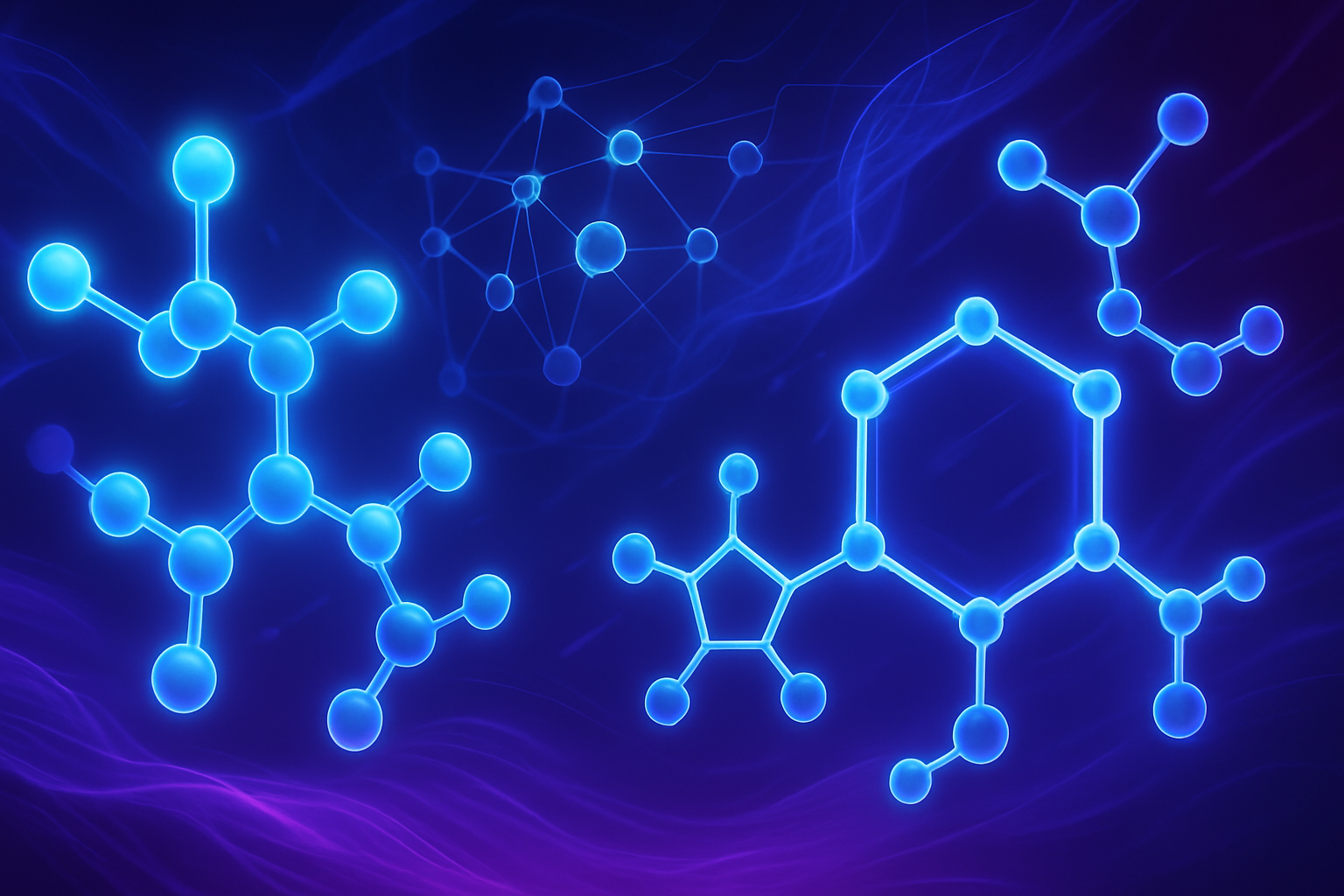The advent of generative AI technologies is transforming the way scientists anticipate chemical reactions. Traditional models suffer from a *limited understanding* of fundamental physical principles, such as the conservation of mass. A new approach, developed by a team of researchers at MIT, incorporates physical constraints to significantly improve the accuracy of chemical predictions. This system opens unprecedented perspectives in the field of chemistry, promising *better reliability* in the design of new drugs. The idea of anchoring models in a *scientific reality* helps avoid frequent errors inherent to older anticipation models.
An innovative approach to predicting chemical reactions
Recent advancements in artificial intelligence have attempted to exploit generative language models to anticipate the outcomes of chemical reactions. These attempts have encountered limitations, particularly due to a lack of understanding of fundamental physical principles, such as the laws of conservation of mass.
Integration of physical constraints
A team of researchers from MIT recently proposed a method to integrate these physical constraints into a chemical reaction prediction model. This approach significantly enhances the precision and reliability of the results produced by the concerned model.
The FlowER project
This new process, known as FlowER (Flow matching for Electron Redistribution), uses an electron matrix based on a method developed in the 1970s by chemist Ivar Ugi. This matrix allows for keeping track of all electrons during the reaction, thus avoiding their untimely addition or removal.
The advantages of a rigorous approach
In this perspective, the FlowER model prevents the generation of nonexistent atoms by language models, thus paving the way for more realistic predictions. Researchers emphasize that this method facilitates the conservation of atoms and electrons during chemical transformations.
Framing the model with experimental data
By basing the model on validated experimental data drawn from patent literature, the team established the underlying mechanisms of reactions. The emphasis on reliable data helps minimize the risk of deviations, thus ensuring greater validity in predictions.
Specificities and limitations of the system
Research indicates that while the system is promising, it remains in an early stage. Currently, the model has been trained on data from over a million chemical reactions, but it does not cover certain types of metals or some catalytic reactions.
An open source for everyone
The researchers plan to make this technology available to the scientific community on an open-source platform, notably on GitHub. The associated models and data will be accessible to all researchers interested in advancements in the field of chemistry.
Potential impact on medicinal chemistry and beyond
This advancement could potentially transform various fields such as medicinal chemistry, material discovery, and atmospheric chemistry. The implications for electrochemical systems are also significant, envisioned as potential applications for this model.
Towards a deeper mechanistic understanding
The FlowER project aims to enhance the understanding of chemical mechanisms while accessing new complex reactions. Researchers are looking towards future expansion, integrating catalytic cycles and deepening the modeling of metals, which remain largely unexplored in their work.
The innovative approach allows for envisioning a future where chemistry and AI converge to solve complex issues. The progress made in this field could revolutionize chemical research and lead to significant discoveries.
References and resources
Recent articles also report on the impacts of generative artificial intelligence technologies, such as Spatial Incite or major investments in the field of generative AI, such as by the publisher who raised 200 million dollars for its tools, according to Actu.ai.
Revolutionary models such as VEO and Imagen-3, recently unveiled by Google, illustrate the rapid evolution of this technology Actu.ai.
Finally, Baidu seems to be seeking to maintain its position as a leader in generative artificial intelligence in China, highlighting the fierce competition in this sector Actu.ai.
The recent return of ChatGPT has also redefined student learning in the age of AI Actu.ai.
Frequently asked questions about a new generative AI approach to anticipate chemical reactions
What are the main innovations brought by this new generative AI approach?
This approach uses a model based on the conservation of electrons and mass, allowing for more accurate predictions of chemical reaction outcomes while considering fundamental constraints.
How does this AI model surpass previously used methods to predict chemical reactions?
Unlike previous methods that focused solely on inputs and outputs, this model also tracks intermediate steps and adheres to conservation laws, increasing the validity of predictions.
What types of chemical reactions can be anticipated with this model?
The model has been trained on data from over a million reactions, allowing it to predict a wide range of reaction types, although it has gaps in certain metallic and catalytic reactions.
Can the AI model be used for the discovery of new drugs?
Yes, this technology has the potential to assist in the design and creation of new drugs by predicting the products and associated reaction mechanisms.
What are the current limitations of this generative AI model?
The model is still in the demonstration phase and does not yet integrate all chemistries, particularly certain metallic and catalytic reactions, limiting its immediate applicability.
How can users access this AI model?
The model is available as open source on the GitHub platform, allowing everyone to explore and use it.
What are the long-term implications of this approach for chemistry?
This system could transform chemical research by enabling the discovery of new complex reactions and providing a better understanding of reaction mechanisms, paving the way for major advancements in various applied fields.
Are there underlying experimental data for this model?
Yes, the model relies on validated experimental data extracted from patent literature, ensuring a solid foundation for inferences about reaction mechanisms.






